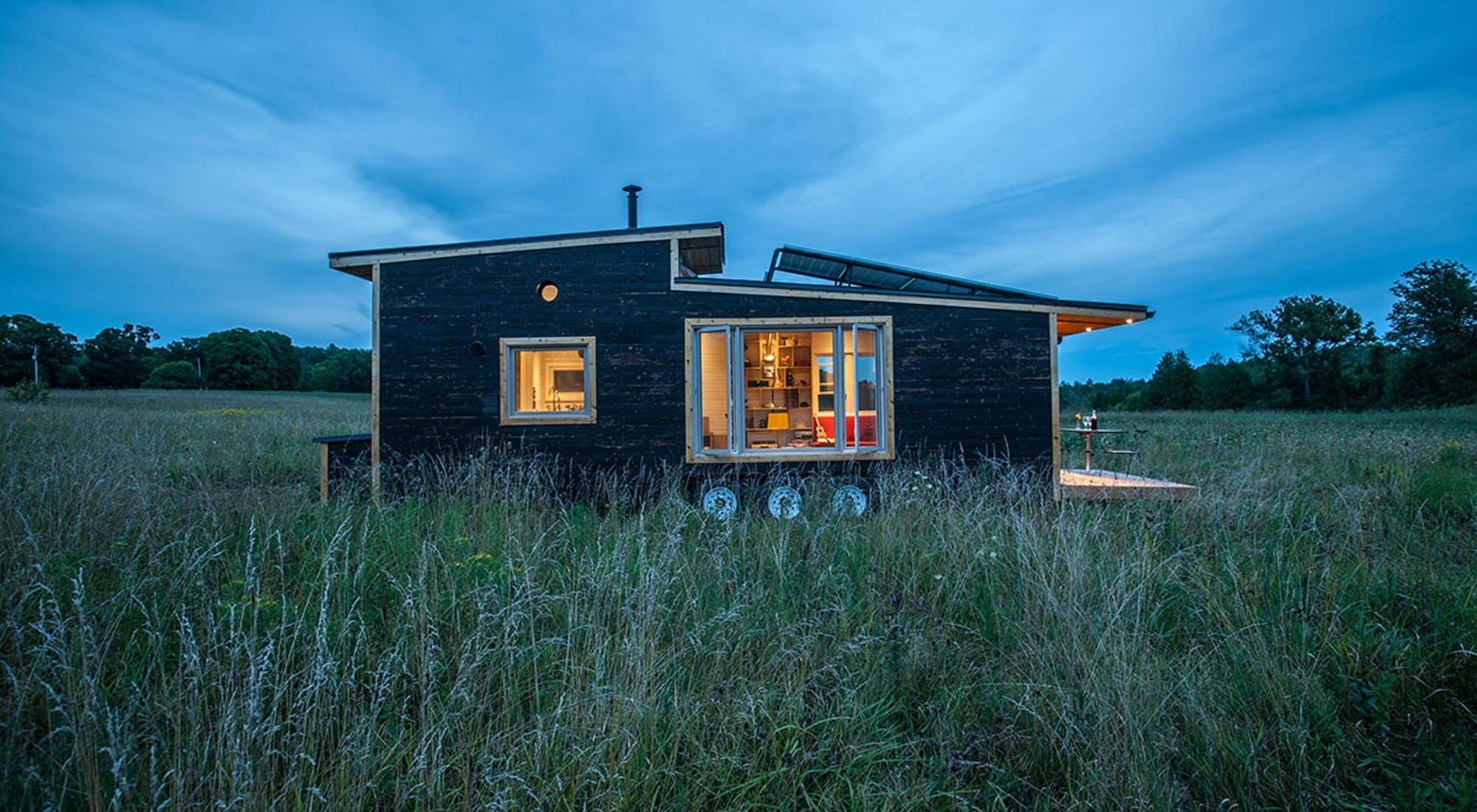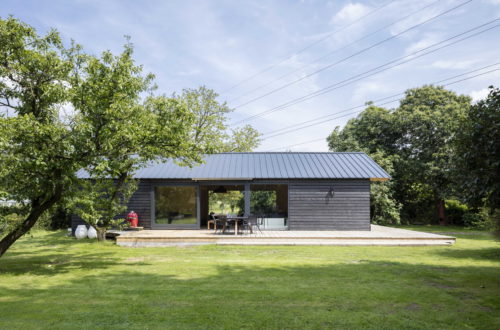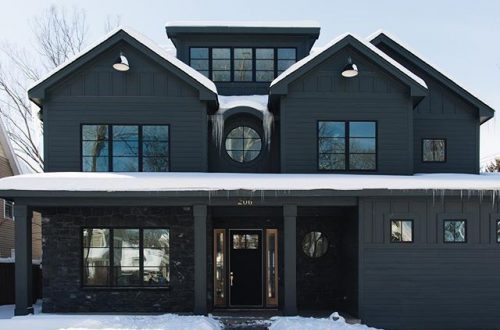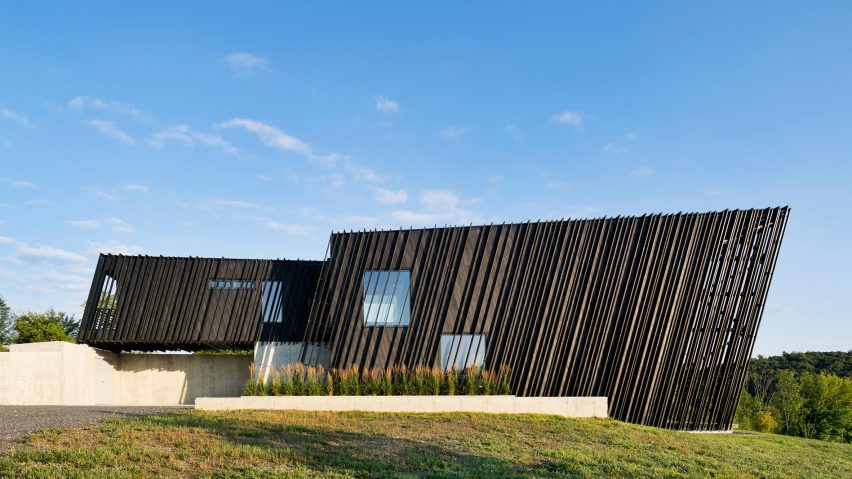
Architectural Digest: Top Design Trends of 2020
Experts across the design industry predict what major trends we’ll be seeing in the year ahead
As we prepare to enter not only a new year but a fresh decade, you may be wondering what design trends lie on the horizon. To find out, we polled five trend forecasters who are constantly looking at data and analyzing market shifts to identify what’s new and next.
According to these experts, if the last few years were defined by sweet pinks and brass fixtures, 2020 will shift into a slightly more subdued gear. But this reinterpretation of minimalism will be anything but boring: The next year will see a return to strong geometric forms (as one forecaster called it, “Neo-Deco”) as well as surprising interpretations of neutral hues.
The tea leaves also point to a marked shift in design values, trend forecasters predict, particularly in terms of sustainability. “We need to stop thinking about sustainability as a trend and approach it as an expectation and a demand from the consumer—an intrinsic requirement at all levels of the market,” says Gemma Riberti, head of interiors at WGSN Lifestyle & Interiors.
While sustainability might be top of mind, thankfully for those with a penchant for color, it’s not all jute and beige. Here’s what the forecasters have to say about Shou Sugi Ban.
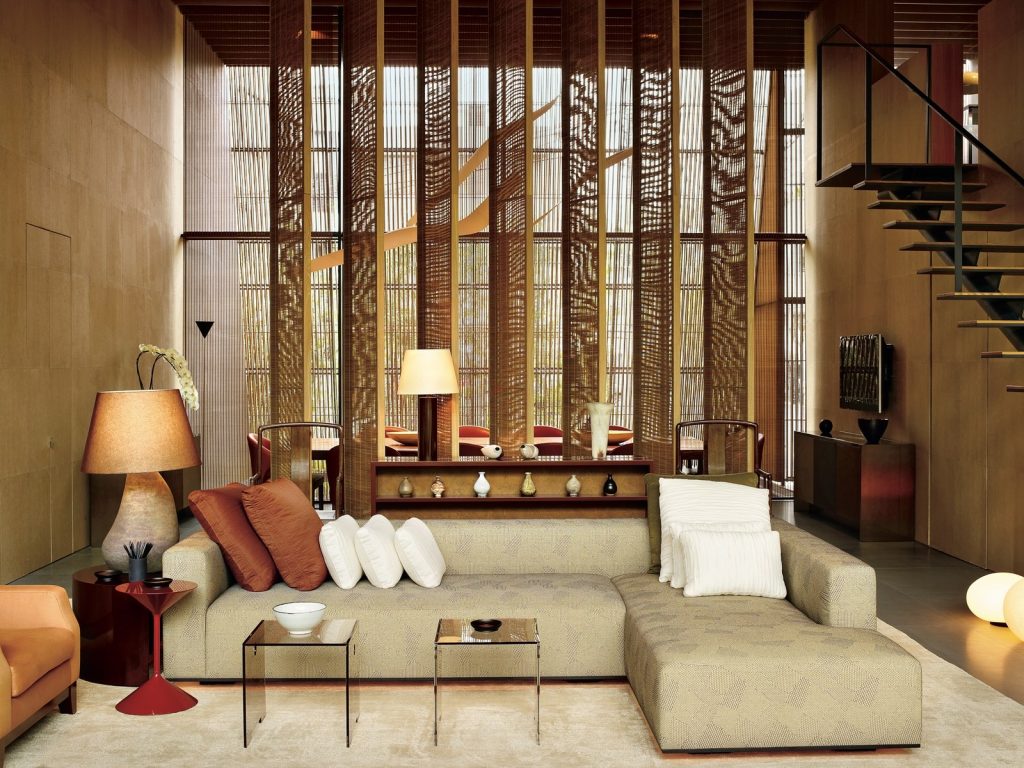
Japanese Influences
Given the trend toward soothing minimalism, it’s no surprise that the Japanese aesthetic will be a strong presence in 2020. “These looks are always present in some way, but periodically, they are energized as a trend,” says Michelle Lamb, editorial director at The Trend Curve. “Natural materials, used in simple forms, reinforce a feeling of purity that is at the core of this style.”
Beyond the rattan and cane that’s already made a comeback, Lamb highlights the wood-charring technique Shou Sugi Ban as a compelling texture for furniture and decor that speaks to eco sensibilities. She also expects to see angular furnishings and patterns that allude to origami folds as part of the trend’s influence, along with “kimonos or obi bands expressed in modern ways or inspiring shape, pattern, detail.”
Read more on Architectural Digest.


